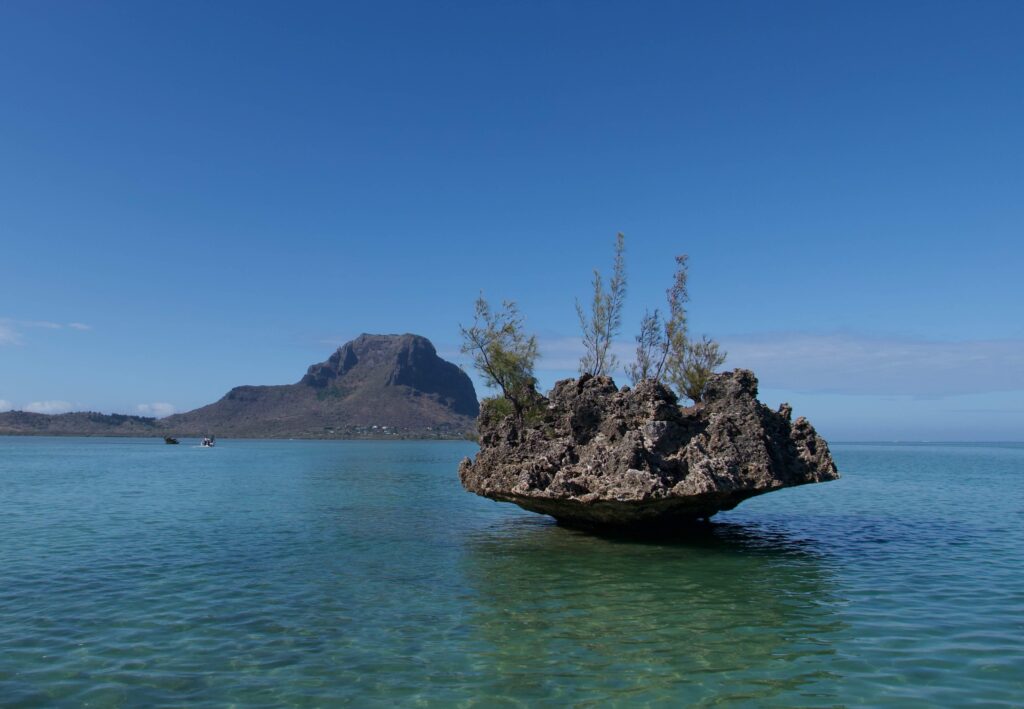Mauritius was never at the top of my bucket list. I knew little about the island and had never really immersed myself in it. In fact, I had to open Google Maps briefly to see where it was exáctly located....
Text & photography: Gerben Bijpost
Of course, I knew Mauritius was east of Africa, somewhere near Madagascar. But how far from there exactly? No idea. I now know that 'near' is a relative term. In fact, the distance between Madagascar and Mauritius is 855 kilometres, twice the distance Amsterdam-Paris. And from Africa's east coast, you even have to fly a good 1,800 kilometres across the Indian Ocean before you get there. Quite a journey, then, as there is no direct flight from the Netherlands. That is why you fly via Paris and just have to hope you find a reasonable connection.
All in all, then, the journey took us about 17 hours before we landed at Sir Seewoosagur Ramgoolam International Airport, where we could use the Jet Prime-service (highly recommended!), where customs formalities are handled and your luggage is collected while you yourself relax in a lounge and enjoy a full breakfast.
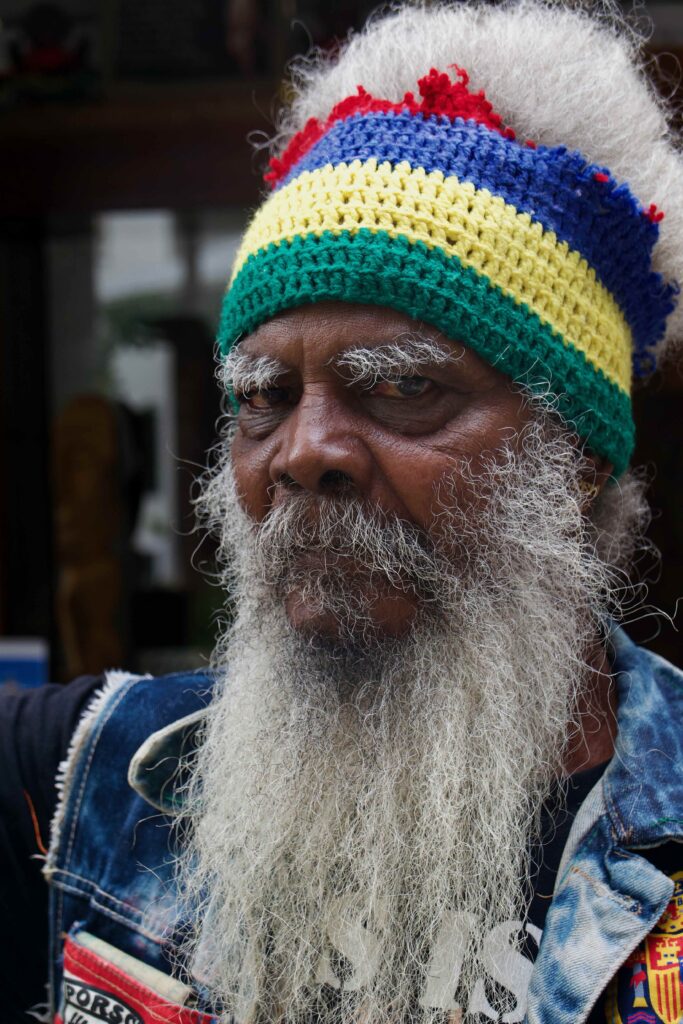 The discoverers
The discoverers
How different it was a few centuries back. From Amsterdam, you had to sail for at least a good month to reach this island. And although the name Mauritius suggests otherwise, it was not 'we' Dutch who discovered it. Nor, in 1507, the Portuguese sailors, as many believe. Because much earlier - sometime in the 10th century - the Arabs had already taken a look there. These, however, saw no bread in it and abandoned it. And strangely enough, the Portuguese did not immediately get excited about it either. So this beautiful island remained largely uninhabited until the Dutch discovered it in 1598 and colonised it in 1638. Mainly also from a strategic point of view, to prevent the French and English from settling there.
They called it Prince Maurits van Nassaueiland. It became -due to its ideal location on the shipping route to the Far East - an official settlement of the United East India Company and used as a refreshment station for passing ships, with the available and precious ebony wood especially useful for ship repairs - and later as an export product for furniture makers.
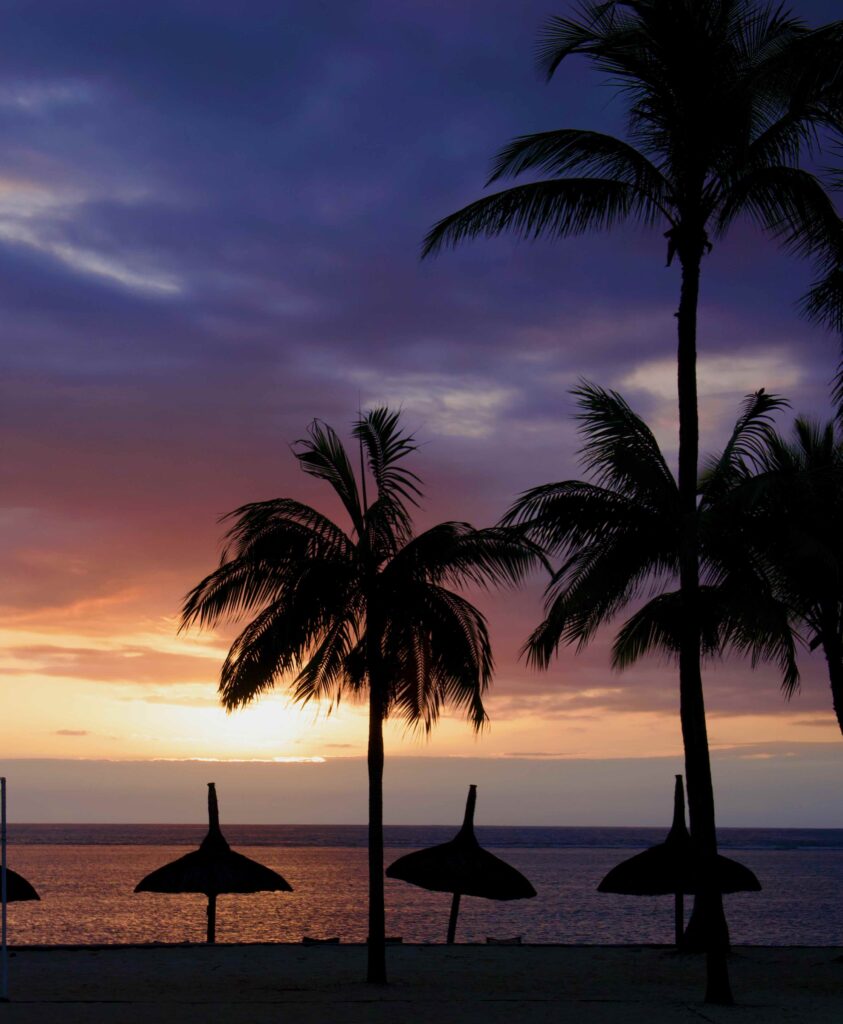 Karma
Karma
The arrival of the Dutch killed not only many trees, but also the legendary dodo, the droll flightless bird that had the misfortune of not being able to simply fly away to escape these invaders. Some assume that hungry Dutchmen ate all the dodos, but that is a misconception. It was mainly the rats that hitchhiked on Dutch ships that eventually killed the dodos. They ate all the eggs until no more birds were born.
And then, of course, karma was in play. It bombarded the Dutch with a torrent of misery for many years, including cyclones, droughts, plagues, lack of food and disease. This eventually chopped into the Dutch community so badly that they left the island for good in 1710, after which, in 1715, the French took possession of it and christened it 'Isle de France'. Under French rule, the number of African slaves increased and sugar cane farming introduced by the Dutch grew into a prosperous industry, something that still plays an important role in Mauritius today.
Much later, during the Napoleonic Wars, the island became a base from which the French navy and privateers organised attacks on passing British merchant ships. But that was to change in 1810, when the British had enough of this and a contingent was sent to capture the island. A mission that succeeded on the second attempt, in December 1810.
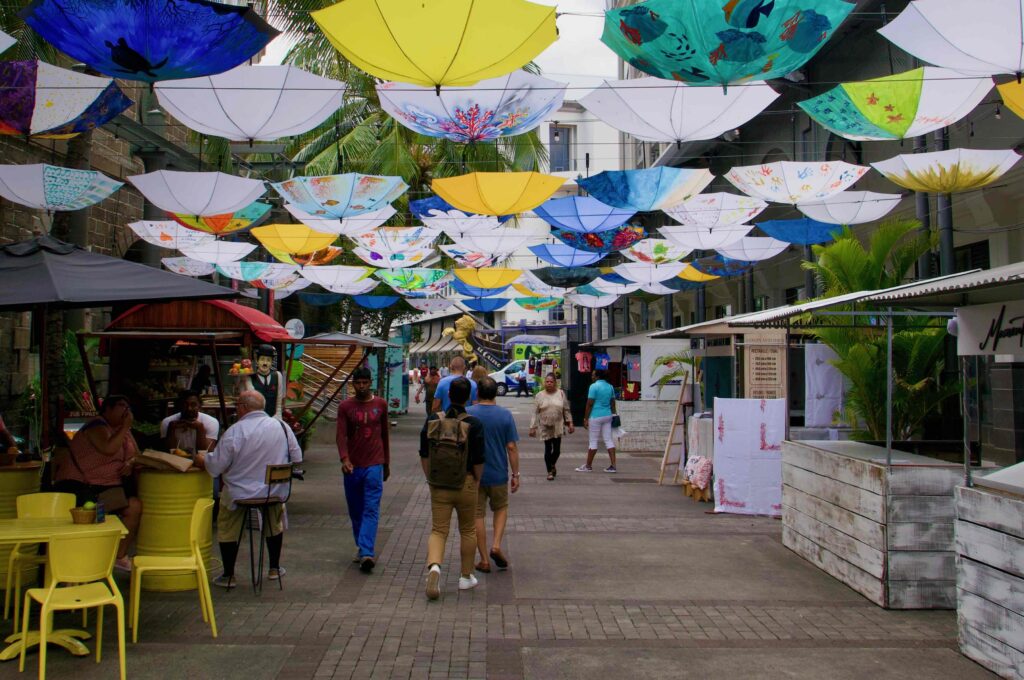 Crucible
Crucible
Isle de France was no more. Mauritius became the name and it was now under the rule of Britain, which promised to respect the language, customs, laws and traditions of the French colonists. However, one of these died in 1835, when abolition of slavery and became a fact and, as a result, some 3,000 plantation owners had to be compensated for the loss of 'their' slaves imported from Africa and Madagascar during the French occupation.
As a result, more than 460,000 contract workers came to Mauritius between 1835 and World War I in 1914. Mainly from India, but also from China, Comoros, Madagascar, Mozambique and south-east Asia. Many had a Hindu or Muslim background, which changed society on the island into what you find there today: a multicultural hodgepodge, in which African, Indian, Chinese and European influences come together in language, religion and cuisine.
It makes Mauritius today a dynamic and fascinating melting pot; one that, in many ways, the rest of the world could well take a leaf out of its book. For where else can you find a population where religions not only respect each other's holidays, but often simply join in. Where you can walk into houses of worship of all religions without any problems, both as a man and a woman, even if a few uncovered arms happen to be visible. Where all political parties move somewhere around the centre and rule mainly by forging coalitions and alliances. And where no racial or social tensions seem to exist anywhere. When asked, one resident explains it as follows: "Our ancestors were all once imported, either as slaves or workers. This was never our or their land. It belongs to all of us and at the same time to no one. That is why we treat each other equally and with respect. In all respects."
By the way, this does not mean that Mauritius is a paradise where abuses do not occur. Corruption, abuse of power, censorship... Read the international reports and they are -behind the scenes- also 'common' here. But what you find there as a tourist is above all a balanced, genuinely friendly and hospitable population; a country where you feel safe and welcome.
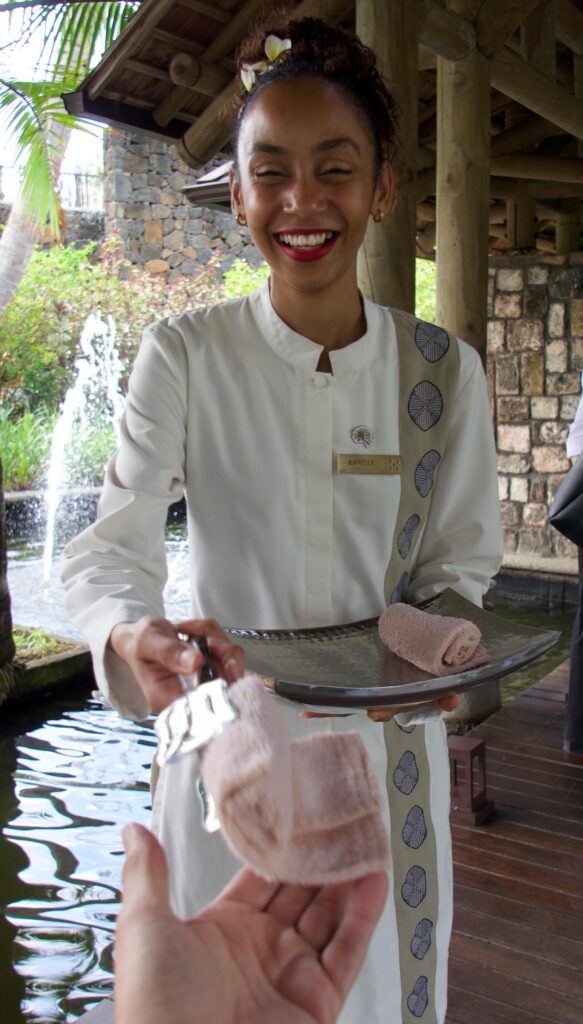 Enjoy
Enjoy
In addition, of course, there are the pleasant fringe benefits that this fusion of cultures has produced. Like the fact that although Creole is the common street language, almost everyone also has a command of English and/or French. Very convenient. And what to make of the fusion cuisine, an unbeatable mix of Creole, French and Indian influences. If desired, to be eaten in one of the numerous street food stalls. Especially try the Creole speciality Octopus Curry, Dholl Puri (popular street dish of thin pancakes filled with yellow split peas) and Gâteau Piment (spicy chilli biscuits, perfect as a quick snack).
And you can then wash it all down with Takamaka, the original Lychee wine from Mauritius. You might expect a sweet drink, but be surprised by a tasty dry, fruity and refreshing white wine that is nothing like grape-based wine. Or go for something stronger, and try one of the various Mauritian rums. They don't have so many sugar plantations here for nothing.
Although you can be quite sporty in Mauritius - from kayaking in reserves to mountain biking, river treks, canyoning, zip lines and some great hiking trails - it is definitely not an adventure travel destination. It is too organised for that. You visit this island mainly for its exclusive resorts, which offer plenty of luxury and comfort in a setting of natural beauty. Palm trees, white beaches, thatched umbrellas, colourful cocktails, butter-soft beach beds, rushing waves, azure sea, friendly top service and fabulous sunrises and sunsets. That work.
By the way, don't be afraid of mass tourism, because you won't find that here. There is always more than enough space and privacy on the beaches to relax broadly, without being annoyed by other bathers.
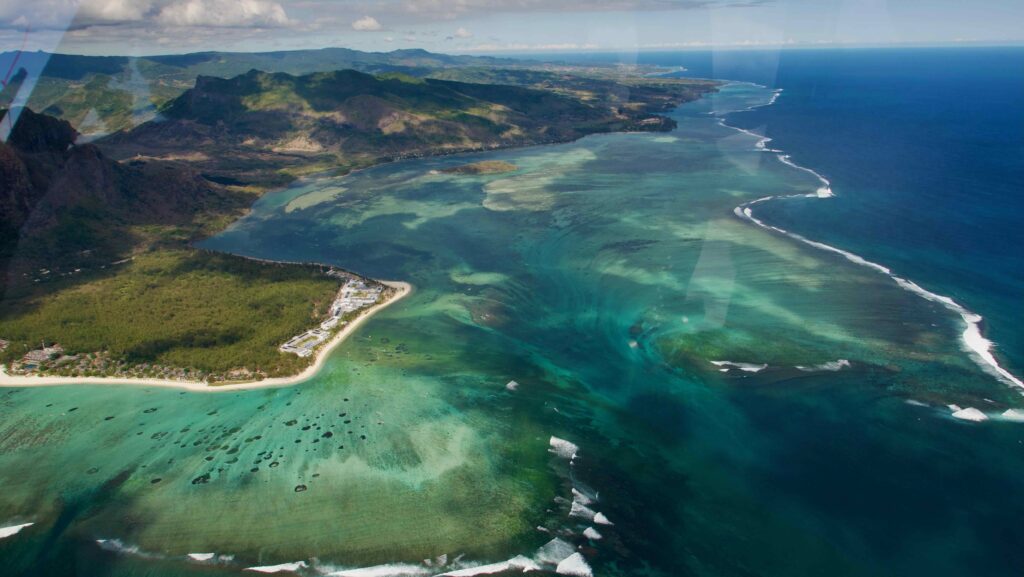 Discover your niche
Discover your niche
The only places where you do get confronted by just a bit too many enthusiastic tourists are the so-called highlights that everyone 'must' experience. Like taking a speedboat to Île aux Benitiers and swimming among the dolphins. And yes, that 'floating' island is of course a wonderful natural phenomenon and everyone wants to swim among dolphins. But the magic wears off somewhat as soon as you, with a dozen speedboats full of tourists plus an army of kayaks, foolishly chase groups of dolphins to quickly splash between them. Or how about one of those catamaran cruises to the coral reefs for some snorkelling?
Sounds romantic, but feels very different when you are actually on one of those all-drinks-included ship, surrounded by just a little too thirsty fellow tourists, is sailed to some snorkelling locations, where, according to a tight timetable, you are allowed to climb off board briefly along a swimming ladder, to en masse staring into the sea below you for half an hour. The consolation is a overload to brightly coloured fish that don't care about anything. Then again, they do.
Fortunately, not every sight is such a madhouse and there is plenty to enjoy in Mauritius. On land (such as the colourful Chamarel & Chamarel Waterfall), at sea (a catamaran cruise to the Northern Islands) and from the air (a private helicopter tour, to see the island from the air, including the famous 'underwater fall' illusion at Le Morne), to name a few. And golf lovers can also indulge themselves here on some of the world's most beautiful courses, such as the Heritage Golf Club and the very nicely located Ile aux Cerfs Golf Club, where breathtaking views, beautiful nature and top-notch facilities merge perfectly.
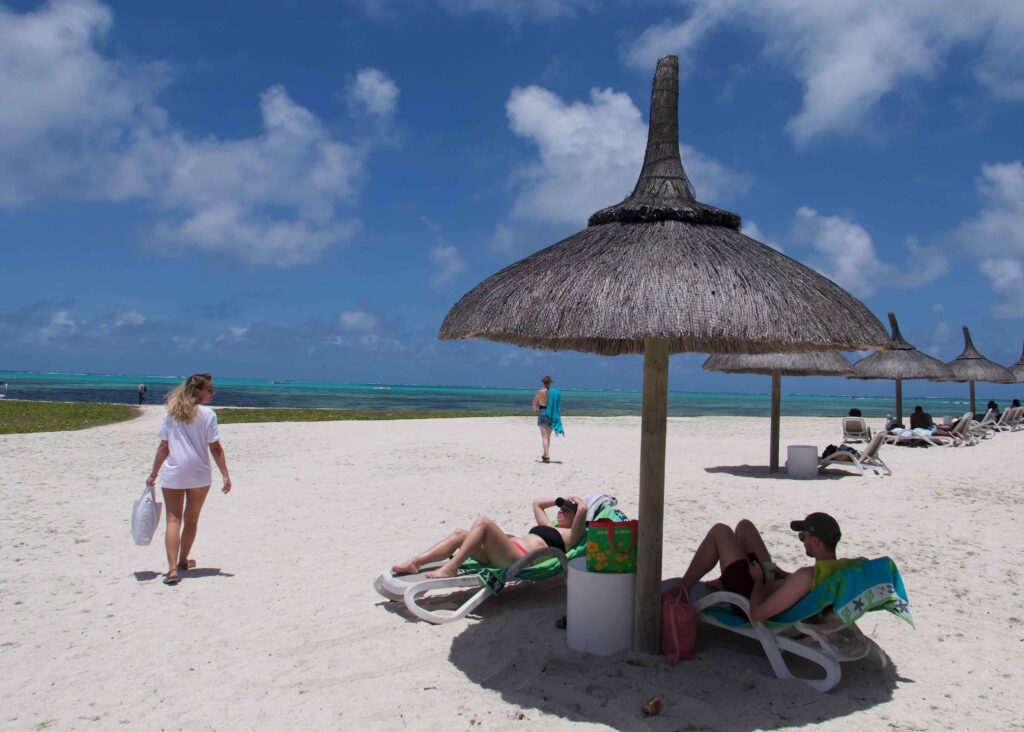 For those looking for something other than beaches and nature, a culinary tour of Port Louis, Mauritius' bustling capital, is highly recommended. Sample Chinese-Mauritian fusion dishes and Creole-inspired curries in one of the many local eateries. Wander through the central market, enjoying the lively atmosphere, colourful stalls and the smell of spices, explore the Chinatown district, or go shopping to stock up on handmade souvenirs, textiles and spices.
For those looking for something other than beaches and nature, a culinary tour of Port Louis, Mauritius' bustling capital, is highly recommended. Sample Chinese-Mauritian fusion dishes and Creole-inspired curries in one of the many local eateries. Wander through the central market, enjoying the lively atmosphere, colourful stalls and the smell of spices, explore the Chinatown district, or go shopping to stock up on handmade souvenirs, textiles and spices.
If you want to describe Mauritius in a few words, I would call it a tourist all-rounder. There is much to see and do, it is culturally and historically interesting, nature is overwhelmingly beautiful, the beaches are like those in your dreams, the food is delicious, the locals are genuinely hospitable and the facilities offer the luxury you desire.
And yes, it is a long way to fly, it is true. But so are the -in many ways quite similar- Caribbean islands. And then Mauritius offers the advantage that the time difference with the Netherlands is only two hours. That saves quite a bit of jet lag. So yes, this laid-back island is definitely one for your bucket list. Discover it for yourself.
Check also: www.mauritiusnow.com
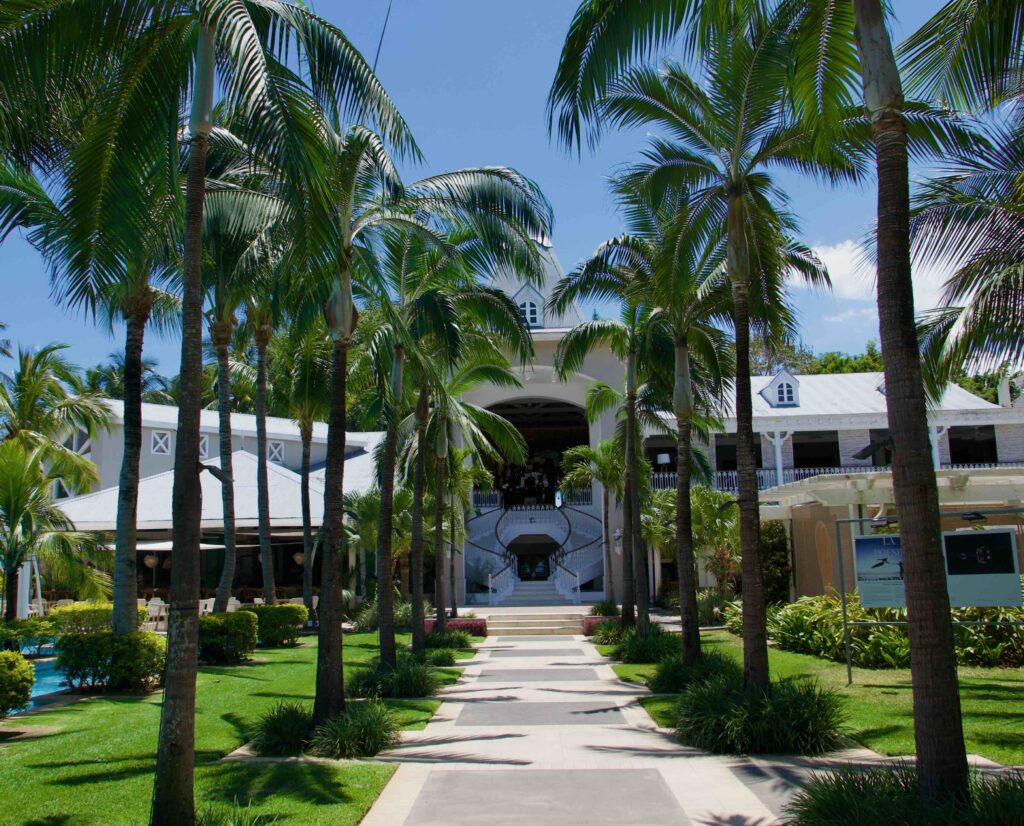 Recommendations - to stay
Recommendations - to stay
Constance Prince Maurice
This iconic resort served as the backdrop for the Netflix film Resort to Love. And for good reason. An oasis of tranquillity and elegance, it offers a mix of beachfront suites and exclusive villas over the water. The resort is also known for its outstanding gastronomy, its floating restaurant terraces and fantastic wine selection. www.constancehotels.com
Sugar Beach
A classic and recently renovated resort that combines colonial charm with modern facilities. Located on one of the island's most beautiful beaches, Sugar Beach combines a fine atmosphere with excellent facilities. Ideal for families, while there is plenty of tranquillity for adults too. www.yoursunlife.com/sugarbeachmauritius
Heritage Awali
Heritage Awali offers more affordable luxury with an African twist. This resort features a beautiful golf course and a wonderful spa. Highly recommended for those who want to combine their relaxing stay with sporting activities. www.heritageresorts.mu
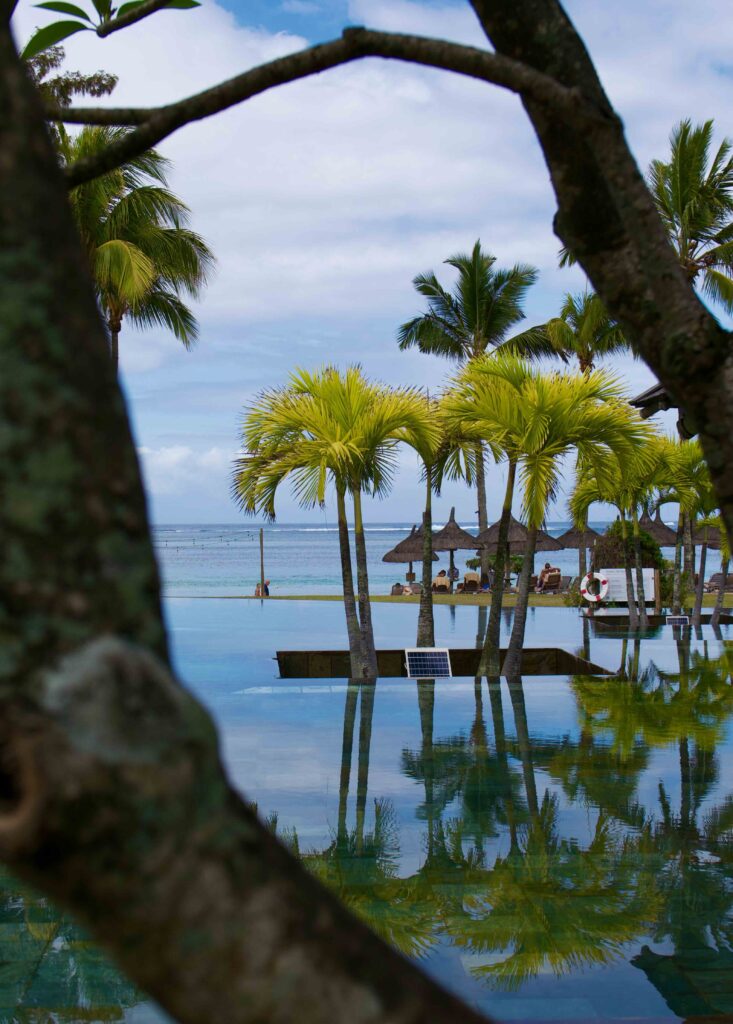 Tips - to do
Tips - to do
Helicopter tours over Mauritius
For a spectacular view of Mauritius, book a private helicopter flight, of course. With the highlight being a flight over the famous 'underwater fall' at Le Morne; an optical illusion where it looks like a waterfall is flowing underwater.
Dining at Le Château de Bel Ombre
Set in an impressive 19th-century manor house in a stunning location, this restaurant offers a sophisticated dining experience with local ingredients and a very nice wine list. The historic setting and attractive gardens make this a unique setting.
Golf on beautiful courses
For golf lovers, Mauritius is must-go. The Heritage Golf Club and the Ile aux Cerfs Golf Club are among the most beautiful golf courses in the world, with stunning views and top-notch facilities.



